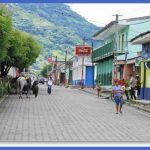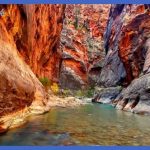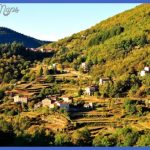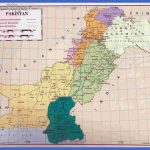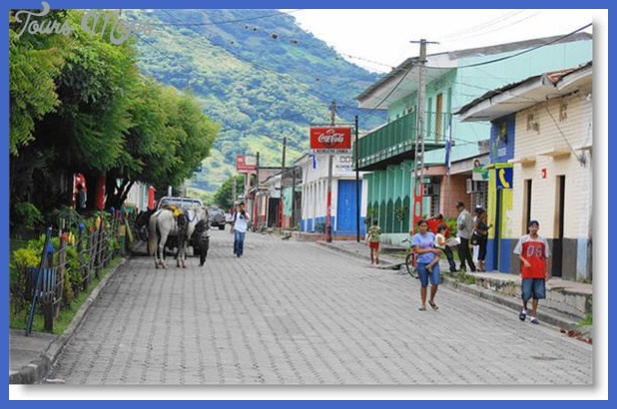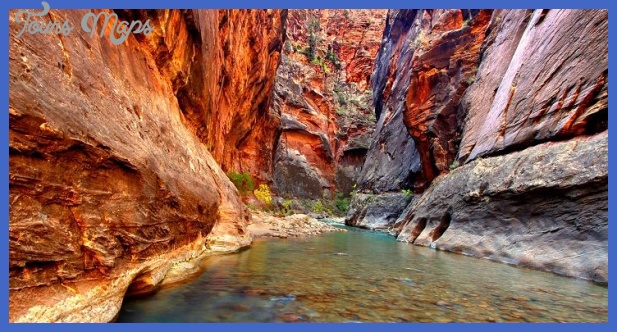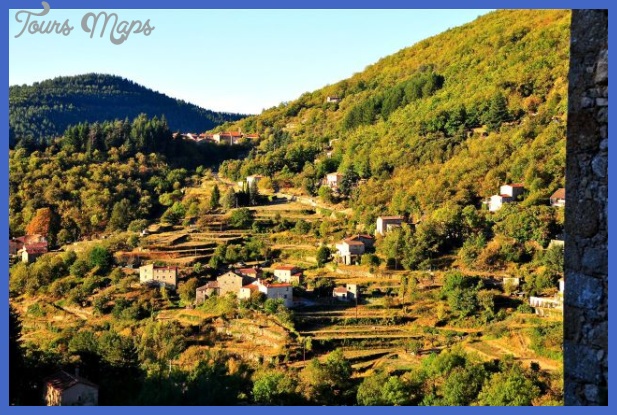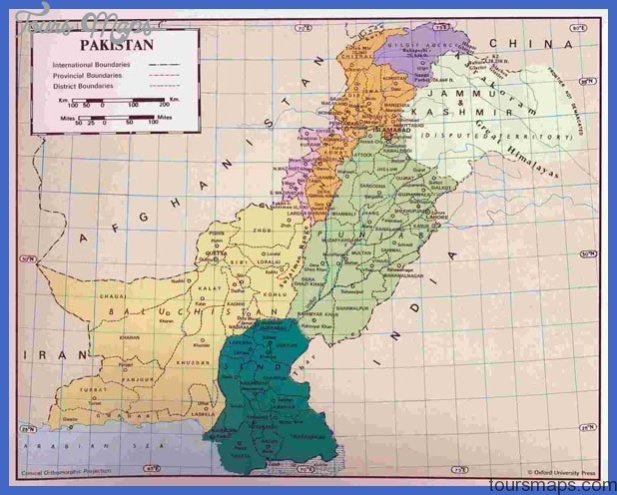You’re likely to spend the majority of your Yellowstone visit in the central plateaus region, where most of the roads are, along with the geyser basins, the Yellowstone Canyon, and the western and northern shores of Yellowstone Lake. The undulating terrain, much of it within the Yellowstone caldera, consists of rhyolitic lava and ash, which weathers to a coarse, sandy soil, poor in nutrients and in ability to hold water. The altitude in the central plateaus varies from about 6600 to 8000 feet (2000-2440 m).
Precipitation ranges from 20 to 40 inches (50-100 cm) per year. This area includes excellent places to see water-loving birds and large animals the Hayden and Pelican valleys and along the shores of Yellowstone Lake. Here the soil is better but drainage is poor, creating marshy areas where trees don’t do well. Grasses and sedges thrive here and create a nourishing habitat for wildlife. Trees and shrubs of the forests and lakeshores What you’ll see most of in the central plateaus are trees, mile upon mile of lodgepole pines (Pinus contorta) with trunks close together, tall and straight, their needles growing only near the tops where they can reach sunlight. These trees got their name by serving as framework for American Indian dwellings. Lodgepole needles always grow in twos and are stiff and twisted. The reddish brown cones have short scales and a slender prickle. Some lodgepole cones can open and release seeds only in the intense heat of a fire. Under stands of lodgepole you may find grouse whortleberry (Vaccinium scoparium) plants with tiny, fine leaves and white or pink hanging bells for flowers. The berries are a staple of the diet of bears, birds, and small mammals.
There are only eight species of evergreens and three of deciduous trees in the park. This is due to high altitude and poor soil, but also to the relatively short time that trees have had to become established since the end of the last ice age about 10,000 years. Watch for Engelmann spruce (Picea en-gelmannii) and subalpine fir (Abies lasiocarpa) along the drive from West Thumb Junction to Fishing Bridge Junction. These species would eventually dominate Yellowstone’s forests if it weren’t for the lodgepoles’ superb adaptability to fire. Check the cones and needles to tell these spruce and fir trees apart. Spruce cones hang down from the branches. Their needles have sharp points but are relatively soft to the touch, occur singly on the branch, and are square in cross-section. To remember that, notice that the words spruce, sharp, soft, single, and square all start with s. If you crush spruce needles, they smell of camphor. Subalpine fir cones, on the other hand, sit upright on the branches, and the needles are flat and flexible. In late summer you are welcome to eat the edible berries on shrubs along the trails. Way out in front for flavor is the huckleberry (Vaccinium membranaceum) on its short bush.
THE FORESTED COMMUNITY OF THE CENTRAL PLATEAUS Photo Gallery
Maybe You Like Them Too
- The Best Cities To Visit in The World
- World’s 10 Best Places To Visit
- Coolest Countries in the World to Visit
- Travel to Santorini, Greece
- Map of Barbados – Holiday in Barbados

